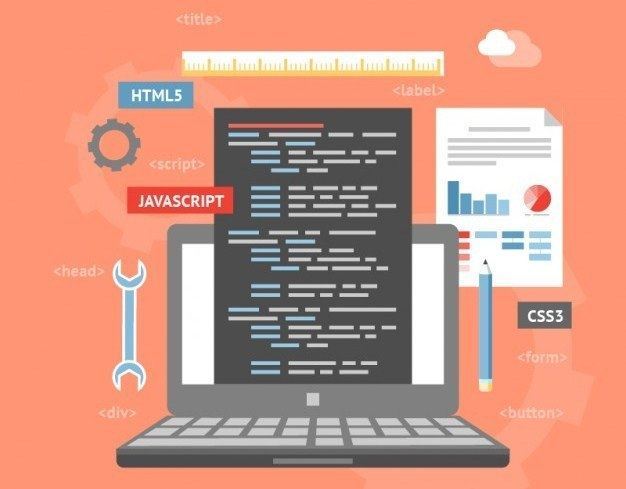
The intent of internet style is to make web site (an assortment of Dynamic or Static electronic files residing on one or additional web servers) that presents content (including interactive options or interfaces) to the top user within the type of websites once requested. Such parts as text, forms, and bit-mapped pictures (GIFs, JPEGs, and PNGs) are often placed on the page exploitation hypertext markup language, XHTML, or XML tags.
Displaying additional complicated media (vector graphics, animations, videos, sounds) sometimes needs plug-ins like Flash, QuickTime, Java run-time surroundings, etc.
Plug-ins also is embedded into websites by exploitation hypertext markup language or XHTML tags. Enhancements within the varied browsers' compliance with W3C standards prompted a widespread acceptance of XHTML and XML in conjunction with Cascading vogue Sheets (CSS) to position and manipulate online page parts.
The latest standards and proposals aim at resulting in the varied browsers' ability to deliver a good type of media and accessibility choices to the shopper presumably while not using plug-ins. generally websites square measure classified as static or dynamic. Static pages don’t amendment content and layout with each request unless a person's (web master or programmer) manually updates the page. Dynamic pages adapt their content and/or look counting on the end-user’s input or interaction or changes within the computing surroundings (user, time, info modifications, etc.) Content are often modified on the shopper aspect (end-user's computer) by exploitation client-side scripting languages (JavaScript, JScript, Actionscript, media players and PDF reader plug-ins, etc.) to change DOM parts (DHTML). Dynamic content is commonly compiled on the server utilizing server-side scripting languages (PHP, ASP.net. etc.).
Both approaches square measure sometimes utilized in complicated applications. With growing specialization inside communication style and data technology fields, there's a powerful tendency to draw a transparent line between internet style specifically for websites and internet development for the supply of all web-based services.



The intent of internet style is to make web site (an assortment of Dynamic or Static electronic files residing on one or additional web servers) that presents content (including interactive options or interfaces) to the top user within the type of websites once requested. Such parts as text, forms, and bit-mapped pictures (GIFs, JPEGs, PNGs) are often placed on the page exploitation hypertext markup language, XHTML, or XML tags.
Displaying additional complicated media (vector graphics, animations, videos, sounds) sometimes needs plug-ins like Flash, QuickTime, Java run-time surroundings, etc.
Plug-ins also is embedded into websites by exploitation hypertext markup language or XHTML tags. Enhancements within the varied browsers' compliance with W3C standards prompted a widespread acceptance of XHTML and XML in conjunction with Cascading vogue Sheets (CSS) to position and manipulate online page parts.
The latest standards and proposals aim at resulting in the varied browsers' ability to deliver a good type of media and accessibility choices to the shopper presumably while not using plug-ins. generally websites square measure classified as static or dynamic. Static pages don’t amendment content and layout with each request unless a person's (web master or programmer) manually updates the page. Dynamic pages adapt their content and/or look counting on the end-user’s input or interaction or changes within the computing surroundings (user, time, info modifications, etc.) Content are often modified on the shopper aspect (end-user's computer) by exploitation client-side scripting languages (JavaScript, JScript, Actionscript, media players and PDF reader plug-ins, etc.) to change DOM parts (DHTML). Dynamic content is commonly compiled on the server utilizing server-side scripting languages (PHP, ASP.net. etc.).
Both approaches square measure sometimes utilized in complicated applications. With growing specialization inside communication style and data technology fields, there's a powerful tendency to draw a transparent line between internet style specifically for websites and internet development for the supply of all web-based services.